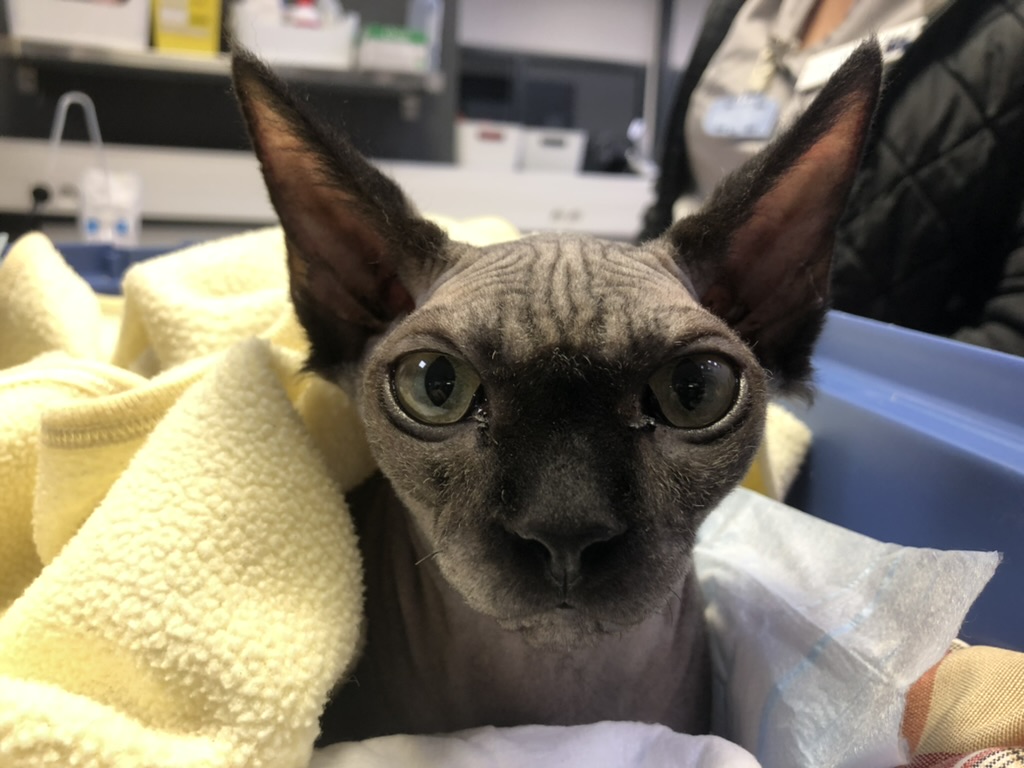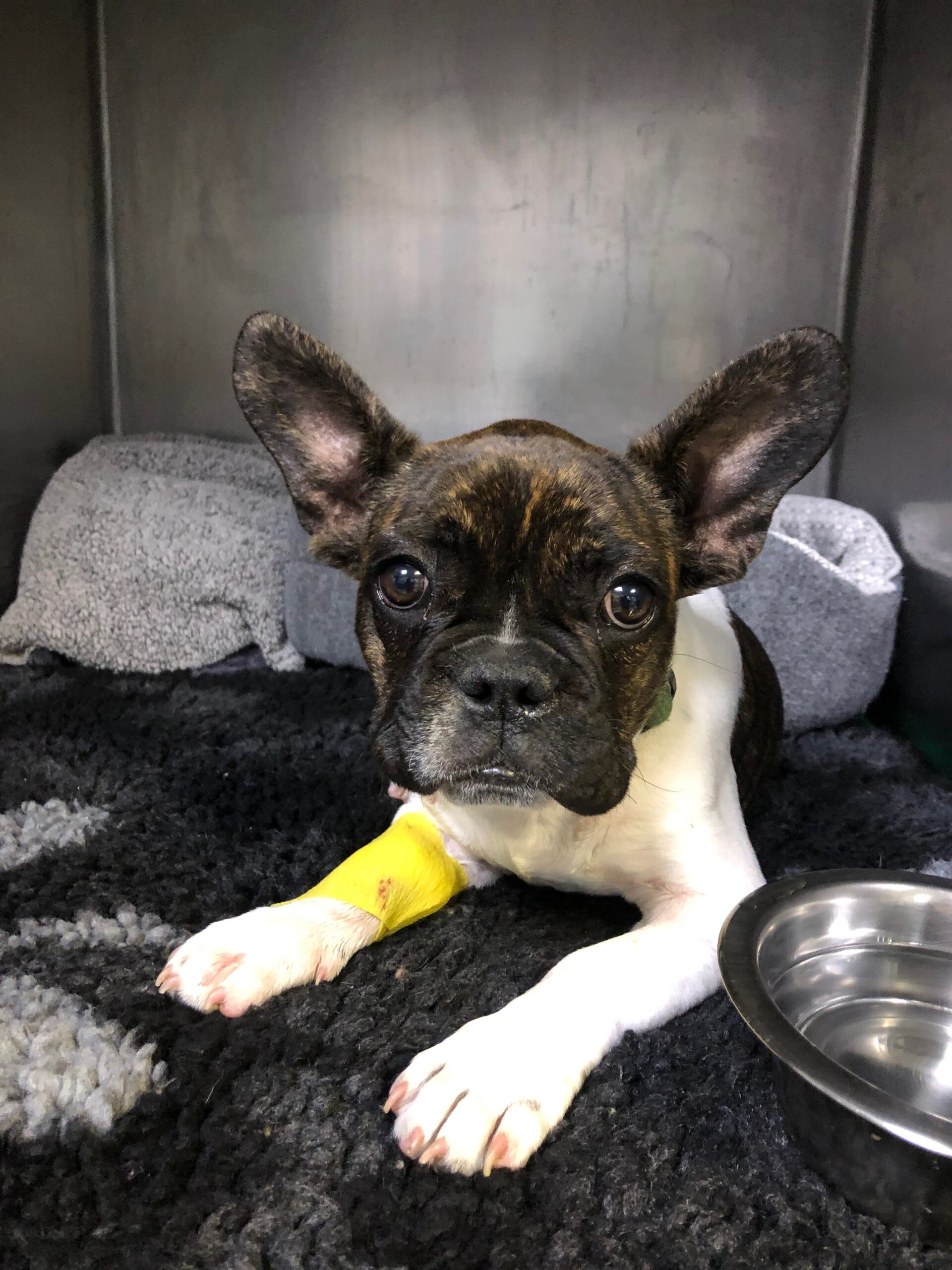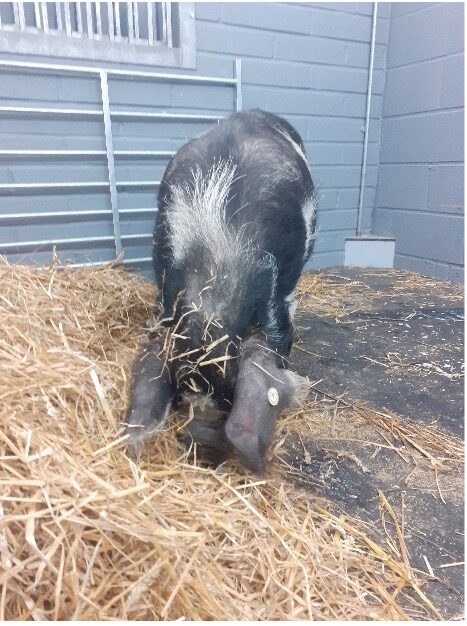Toscane, the Sphynx cat who underwent a faecal transplantation
Toscane, a 9mth old female neutered Sphynx cat
Before visiting the Specialist.
Animal Treated
Cat
Animal Condition
Skin disease
Specialist(s) Required
Pathology
How the microscope helped in the diagnosis of Socksy’s itchy skin disease.
Before visiting the Specialist
Socksy is a 15 year old, male (neutered) black and white Domestic short haired cat, who was taken to see his vet because he was itchy and had developed some bald patches in his fur. He lives with two other cats.
The vet examined Socksy’s skin and found that there were indeed some areas where the fur was thinning, and decided that some further investigation was needed to determine the cause. Under a general anaesthetic, the vet was able to take a closer look, and to take some skin biopsies. One biopsy sample was placed in a pot of formalin fixative and submitted to a diagnostic laboratory for microscopic assessment, by a specialist in veterinary pathology. Another piece was kept fresh (not fixed) in case it was needed for further testing such as microbial culture to look for bacteria for example.
Socksy’s pathology
Under the microscope, the tissue sample taken from the skin showed evidence of inflammation, particularly around some of the hairs. On closer examination, one hair in particular looked a bit abnormal. The pathologist thought they could see something in that hair, but needed another slide with a special stain on it to be sure, so this was requested….and indeed, this extra slide showed there were lots of fungal hyphae within that hair shaft, coloured purple by the special stain (these hyphae are actually fairly colourless on the routine stain, you can just see their outline if you look closely enough).
Socksy’s diagnosis and follow-up care
So the pathologist was able to give the primary vet the diagnosis of dermatophytosis, or “ringworm”. This is an infection but the name is misleading as it is not caused by a worm at all, but by a fungal organism. The second skin biopsy was then cultured by technicians in the microbiology department, and the infectious agent confirmed as a fungus called Microsporum canis – knowing this allows the primary vet to choose the best antifungal treatment for Socksy and the best advice to give to his owner.
As this is an infectious problem, the vet also needs to advise the owner that the other two cats in the household could also be affected – and the owner themselves, as this is an infection which can be passed on to humans, which is particularly important if there are any immunocompromised people (or animals) in the house.
Melanie Dobromylskyj, Specialist in Veterinary Pathology


